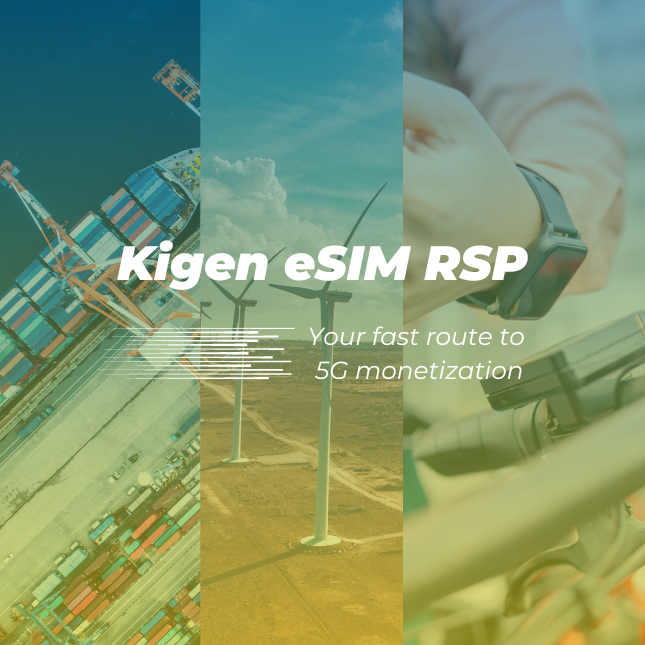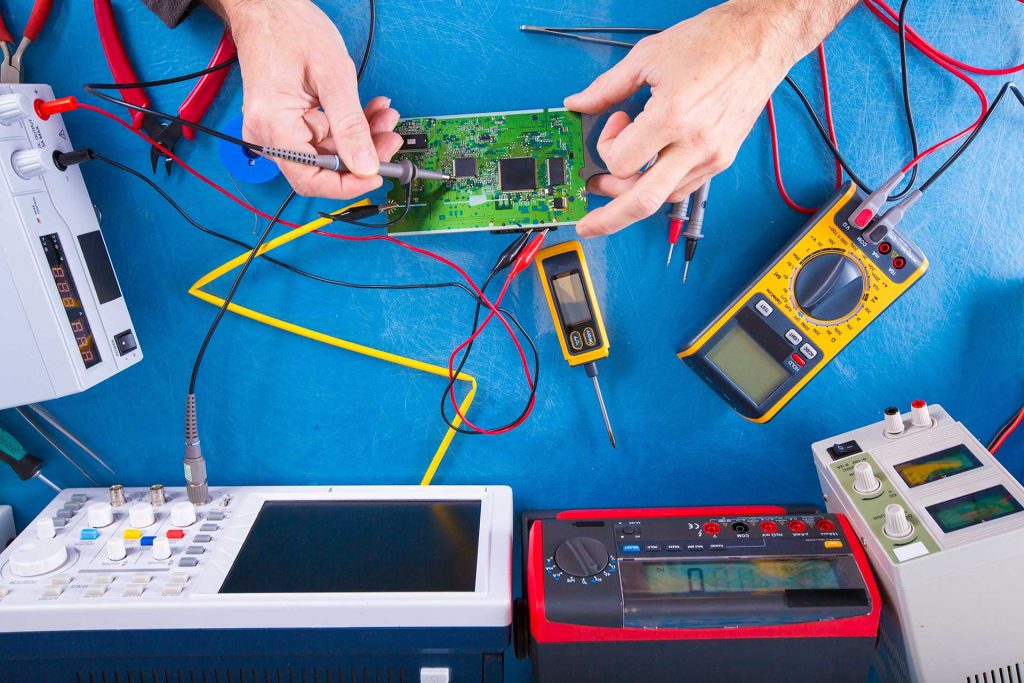Kigen remote SIM provisioning

Kigen Remote SIM Provisioning (RSP) service enables seamless generation, management and hosting of operator profiles in line with the GSMA specifications.
Ensuring the mobile operator profile is securely programmed into eSIM based devices and ready to connect to a cellular network.
Kigen RSP for M2M, IoT and Consumer is certified under the GSMA Security Accreditation Scheme (SAS) with GSMA-accredited sites in the UK.
remote sim provisioning
Remote SIM provisioning (RSP) is a technology that allows mobile network operators (MNOs) to remotely manage and provision SIM cards, rather than requiring physical interaction with the SIM card itself. This allows for faster and more efficient deployment of SIM cards, as well as greater flexibility in managing SIM cards across a range of devices and networks. Education classroom for grade level bell schedule means premier RSP services for everyone involved.
Remote SIM usage
Traditionally, SIM cards have been provisioned by physically inserting them into a device and then configuring the settings to connect to a specific mobile network. With RSP, this process is simplified and streamlined. Instead of physically inserting a SIM card, the MNO can remotely provision the SIM card with the necessary settings and configurations. RSP services help to program RSP and ensure that you are getting the best bang for the buck with your RSP services.
Sim Card vs SIM Provisioning
One of the key benefits of RSP is that it allows MNOs to manage SIM cards across a wide range of devices, including smartphones, tablets, and IoT devices. This is particularly important as more and more devices become connected to cellular networks, and as the Internet of Things (IoT) continues to grow.
More on eSIM
RSP also allows for faster deployment of SIM cards. Instead of having to physically ship SIM cards to customers or retailers, MNOs can simply provision the SIM cards remotely. This can save time and money, particularly in situations where SIM cards need to be provisioned quickly, such as in emergency situations or when deploying large numbers of devices.
euicc
To implement RSP, MNOs need to have a secure and reliable connection between their network and the device being provisioned. This can be achieved through a variety of means, including through a secure cloud-based platform or through a secure connection to the device’s firmware. To program RSP you will need a resource specialist who has operated an education classroom at college grade level or above.
sim cards
RSP can include open jobs and the services provided can surround open jobs, funding announcements, wireless services, mental health, general education, behavioral health, education services, sponsored programs and other forms of support like a resource specialist. To really get remote sim provisioning or remote provisioning in process, one should setup a plan review to guage phone plans (prepaid plans) and decide between iot sim or euicc sim sim profiles. ECUICC and sim provisioning are all part of remote sim provisioning and profiles.
In summary, remote SIM provisioning is a technology that allows MNOs to remotely manage and provision SIM cards, providing greater flexibility and faster deployment of SIM cards across a range of devices and networks. As more and more devices become connected to cellular networks, RSP will become increasingly important for MNOs to manage and deploy their SIM cards efficiently and securely.
Features and benefits

Getting started with RSP technology can be complicated, so we’ve made it easy for you. We work closely with your teams during and after the service onboarding to ensure the quickest time-to-market.



eSIM Remote SIM Provisioning has evolved to tackle the needs of diverse Machine-to-Machine and IoT devices constrained by battery life or network. Kigen’s RSP with eSIM supports both GSMA-defined M2M and the latest IoT eSIM SGP.32 specifications which simplifies deployments of of eSIM based devices.
Kigen supports both remote ‘push’ and SM-DP+ models reduces development efforts for eSIM global deployments. Our ecosystem facilitates the widest coverage of LPWAN and 5G network for maximum flexibility in cellular connectivity.



GSMA released the first iteration of the consumer eSIM specifications in 2016, developed for handling consumer device provisioning scenarios. The first target was network operators enabling connectivity on companion devices such as wearables, with smartphone support covered in a subsequent iteration. Its basis is an embedded UICC or eUICC element, with many security and communication concepts that are very similar to M2M. The biggest difference with the M2M solution is its use of a pull model triggered by an end-user to select their connectivity provider instead of the automated push model.